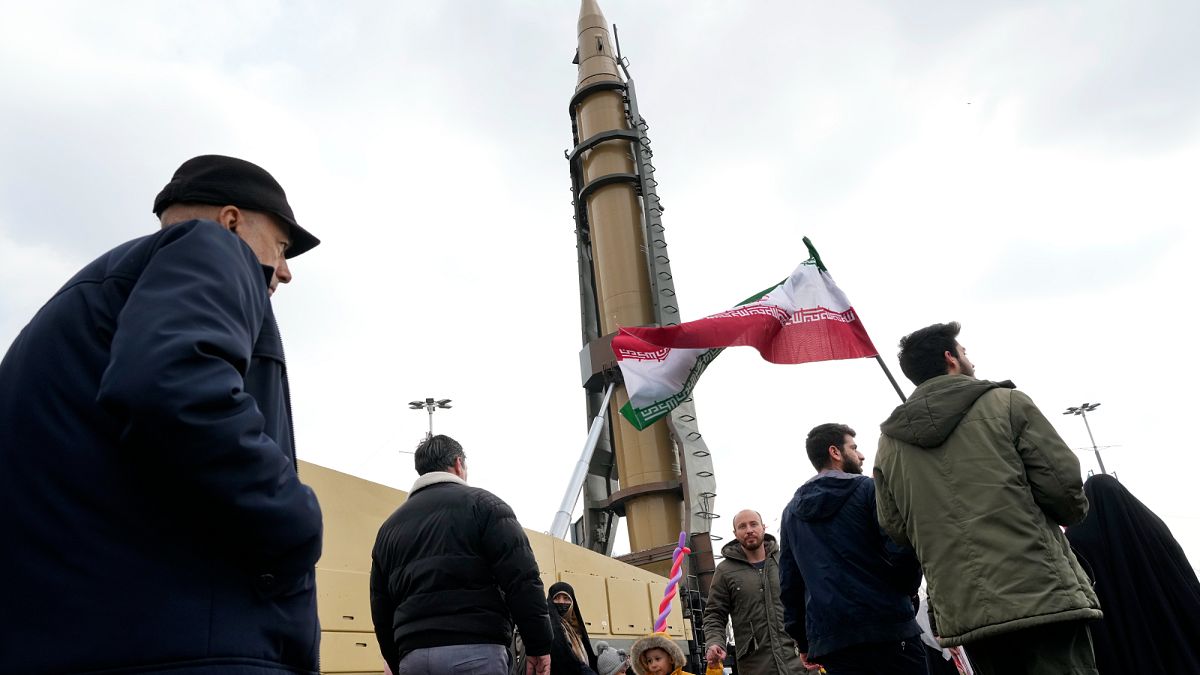In a dramatic escalation of Middle Eastern tensions, Israel launched last night a sweeping military operation targeting key Iranian infrastructure.
Codenamed Operation Rising Lion, the offensive struck more than 100 locations across Iran, focusing on nuclear facilities, military leadership compounds, and air defence systems.
The scale and precision of the strikes mark one of the most extensive aerial campaigns in the region in recent years.
The confrontation places two of the Middle East’s most powerful militaries on a direct collision course. As the world watches anxiously, the fear is no longer about whether hostilities will escalate but how far they might go.
A full-scale conflict between Israel and Iran would be profoundly destabilising, not only for the region but for the world due to the military power involved.
While Iran boasts numerical superiority in troops, tanks, and artillery, Israel maintains a technological edge, superior air power, and some of the world’s most advanced missile defence systems.
Furthermore, both countries have demonstrated strength in drone and missile warfare and possess decades of experience in modern, high-intensity combat.
Anticipation of further attacks on Iran
The Israeli offensive itself from last night was a display of military might.
Over 200 aircraft dropped more than 330 precision munitions, with coordinated strikes on Iran’s most sensitive sites.
Among the targets were missile manufacturing facilities, residences and offices of nuclear scientists, and command centres of the Islamic Revolutionary Guards Corps (IRGC).
The Natanz Enrichment Complex in Esfahan Province, central to Iran’s uranium enrichment program, was damaged, alongside numerous locations across Tehran.
Initial reports from Iran suggest significant losses, too.
Among those killed were major general Mohammad Bagheri, chief of the armed forces general staff, and Fereydoon Abbasi, former head of the Atomic Energy Organisation. Ali Shamkhani, a senior adviser to supreme leader Ayatollah Ali Khamenei, was reportedly critically injured.
The Israeli Air Force (IAF) said it carried out a “large-scale strike” targeting Iran’s air defence systems, destroying “dozens” of radar installations and surface-to-air missile launchers.
This suggests Israel is clearing Iran’s deterrent capabilities in anticipation of further attacks.
Iran’s reaction and military strength
Iran responded swiftly, launching over 100 drones toward Israeli territory – most were intercepted by Israel’s air defence systems, limiting the impact.
Despite the immediate but limited retaliation, Iran’s full military potential remains a looming threat for Israel.
The country has invested heavily in a vast and sophisticated missile arsenal, including ballistic missiles with ranges exceeding 3,000 kilometres and even hypersonic weapons.
These capabilities allow Iran to threaten regional adversaries as well as US bases in the region, and this, so far, has served as a powerful deterrent.
Iran is also a regional leader in drone warfare, fielding a diverse fleet of unmanned aerial vehicles (UAVs) used for surveillance and strikes. The Islamic Republic has even exported this technology to allies and has begun establishing drone production facilities abroad to support partners such as Russia.
Iran can also count on a large standing army, vast reserves, as well as on the mastery of asymmetric warfare through proxies, cyberattacks, and unconventional tactics.
Israel’s power: Small in number, but highly organised
Israel, on the other hand, has long been recognised as one of the most technologically advanced militaries in the world.
Its missile defence systems – including Iron Dome, David’s Sling, and Arrow – are among the most sophisticated in the world.
It also boasts a powerful cyber arsenal and highly trained intelligence services like the renowned Mossad and Shin Bet, which play a critical role in identifying and neutralising threats before they materialise.
Although Israel’s standing army numbers around 170,000, its highly organised and trained reserve force can expand to nearly half a million in a matter of days.
The Israeli Air Force is widely regarded as one of the best in the world, equipped with advanced aircraft and precision weapons.
Israel’s military doctrine emphasises rapid mobilisation, resilience, and technological superiority, all traits that have been shaped by decades of continuous conflict.
Spillover risks
A full-scale war between Israel and Iran risks igniting a wider regional conflict.
Hezbollah, Iran’s proxy in Lebanon, is likely to be drawn in. Israel invaded southern Lebanon in October and has largely neutered the capability of Hezbollah, with a temporary ceasefire taking effect in late November.
The fighting could easily spill into Syria, Iraq, and the Gulf, with US assets in the region at risk – American personnel were reportedly evacuated from Baghdad just two days ago.
Iran’s so-called “axis of resistance” an informal coalition which includes Hezbollah, Shi’ite militias in Iraq, the Houthis in Yemen, and the overthrown Assad regime in Syria, still provides it with some ability to project force beyond its borders.
The potential fallout extends beyond the battlefield. US involvement, whether deliberate or as a result of attacks on its assets, could spiral into a broader international conflict.
Europe too may be impacted, whether through direct attacks, cyberattacks, a disruption in global oil flows or as a result of the knock-on effects of threats to the major shipping artery passing along the Gulf of Aden.
Refugee crises, economic instability, and rising energy prices are all conceivable outcomes that could impact European countries if the conflict spreads.

